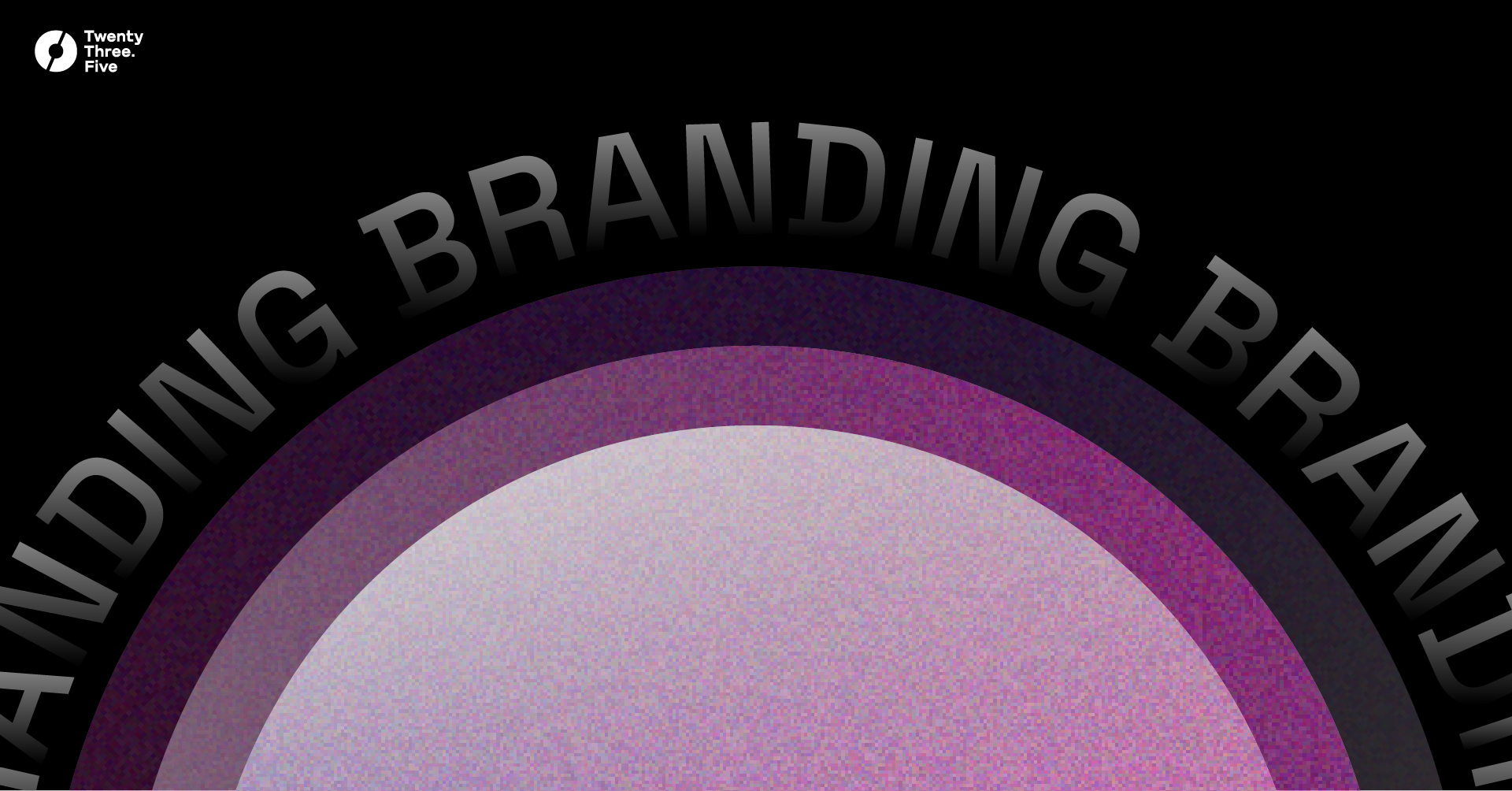
Branding. It’s a term often thrown around in the world of business and marketing, but what does it really mean? The concept of branding can be shrouded in mystery and misconceptions. Some think it’s just about a logo, while others believe it’s all about advertising. In reality, branding is a multifaceted process that goes far beyond visual elements. In this comprehensive guide, we’ll demystify branding, providing clarity on what it truly entails. From understanding its purpose to exploring its various elements, we’ll take you on a journey through the world of branding and reveal why it’s a critical strategic tool for businesses of all sizes.
Understanding Branding
Defining Branding
Let’s start with a clear definition: branding is the process of creating a distinct and memorable identity for a business or product. It involves strategically crafting the way a brand is perceived by its target audience. While visual elements like logos are a part of branding, they represent only a fraction of the whole picture.
The Purpose of Branding
Why invest time and resources into branding? The answer lies in its core objectives:
- Differentiation: In a crowded marketplace, branding sets your business apart from competitors. It helps you stand out in a sea of options.
- Recognition: A strong brand is instantly recognizable. Consumers should be able to identify your brand, even without seeing a logo, through consistent elements like color schemes and messaging.
- Building Trust: Trust is the foundation of long-term customer relationships. Effective branding builds trust by delivering on promises and creating positive associations.
Elements of Branding
To fully grasp branding, let’s dissect its key elements:
Visual Identity
Visual identity includes the tangible elements that consumers associate with your brand. These elements go beyond logos and may encompass:
Logos: The symbol or design that represents your brand.
Color Schemes: Consistent color choices that evoke specific emotions or convey brand personality.
Typography: Fonts and text styles that align with your brand’s character.
Design Elements: Consistent design choices that create a visual signature.
Your visual identity should communicate your brand’s personality, values, and style.
Brand Messaging
Brand messaging is all about what you say and how you say it. It includes:
Values: The core beliefs that guide your brand’s actions and decisions.
Mission Statements: A concise statement that communicates your brand’s purpose and goals.
Taglines: Memorable phrases that capture your brand’s essence.
Brand Stories: Narratives that share your brand’s history, vision, and values.
Consistent messaging helps shape how consumers perceive your brand and what it stands for.
Brand Strategy
Brand strategy is the blueprint that defines how you’ll achieve your branding goals. It involves:
Target Audiences: Identifying and understanding your ideal customers.
Positioning: Determining where your brand fits in the market and how it differs from competitors.
Competitive Analysis: Evaluating the strengths and weaknesses of competitors.
Long-Term Goals: Setting clear objectives for your brand’s growth and success.
A well-crafted brand strategy provides direction and purpose for all branding efforts.
Customer Experience
Every interaction a customer has with your brand contributes to their perception of it. This includes:
Customer Service: The quality of service and support you provide.
Product or Service Quality: The level of excellence customers can expect.
User Experience: How customers interact with your website, apps, or physical spaces.
Communication: How your brand responds to feedback and engages with customers.
A positive customer experience reinforces trust and loyalty.
Building a Brand
Now that we’ve explored the key elements, let’s look at how to build a brand effectively.
Brand Development Process
Building a brand is not a one-time task; it’s an ongoing process. The journey involves several key steps:
Research: Begin by understanding your industry, target audience, and competitors. Collect insights that will inform your brand strategy.
Brand Positioning: Define your brand’s unique position in the market. What sets you apart? What value do you provide?
Creative Development: This is where visual elements like logos, color schemes, and design come into play. Create a visual identity that reflects your brand’s personality and resonates with your audience.
Brand Guidelines: Establish clear brand guidelines that detail how your brand should be presented across all touchpoints. Guidelines ensure consistency in messaging and design.
Implementation: Roll out your new brand identity across all platforms and channels, from your website to marketing materials.
Monitoring and Adaptation: Continuously evaluate the effectiveness of your branding efforts. Gather feedback and make adjustments as needed to stay aligned with your objectives.
Brand Guidelines
Consistency is key in branding. Brand guidelines serve as a reference for how your brand should be represented. Guidelines encompass:
Visual Elements: Detailed specifications for logo usage, color codes, typography, and design.
Messaging: Guidelines on tone, voice, and style for written and verbal communication.
Mission and Values: A clear articulation of your brand’s mission, values, and goals.
Dos and Don’ts: Clear instructions on what to do and what to avoid when representing the brand.
Brand guidelines ensure that everyone involved in brand representation, both internally and externally, adheres to a unified brand image.
Measuring Brand Success
Effective branding isn’t just about visuals and messaging; it’s about impact. Here’s how to gauge your brand’s success:
Key Performance Indicators (KPIs)
KPIs are metrics used to assess the effectiveness of your branding efforts. These metrics may include:
Brand Awareness: How well your brand is recognized and recalled by your target audience.
Customer Loyalty: The level of repeat business and advocacy among your customers.
Market Share: Your brand’s portion of the total market.
Customer Satisfaction: Measuring the level of contentment among your customers.
Revenue Growth: Tracking the increase in sales and profitability attributed to your brand.
Monitoring these KPIs provides insights into the health and impact of your brand.
Brand Equity
Brand equity is the intangible asset that represents the value of your brand. It’s influenced by factors like positive brand associations, consumer perceptions, and emotional connections. Brands with high brand equity often command higher prices and enjoy customer loyalty.
To enhance brand equity, focus on consistently delivering quality and aligning with your brand’s core values.
The Evolving Landscape of Branding
Branding is not static; it evolves with changes in technology, consumer behavior, and societal trends.
Digital Branding
In today’s digital age, branding extends beyond physical spaces. Digital platforms and social media have become critical in shaping brand perceptions. Brands must adapt to the digital landscape by creating meaningful online experiences and engaging with customers through various channels.
Branding Trends
Branding trends come and go, but staying current can keep your brand relevant. Some current trends include:
Sustainability: Brands are increasingly adopting sustainable practices and highlighting their commitment to environmental responsibility.
Authenticity: Consumers value authenticity in branding. They want brands to be genuine and true to their values.
Storytelling: Effective brand narratives and storytelling can create emotional connections with audiences.
Start a Branding Mission!
Branding is a dynamic and multifaceted process that involves more than meets the eye. It’s about crafting a memorable identity, building trust, and consistently delivering on promises. Effective branding differentiates your business, fosters recognition, and builds lasting customer relationships.
As you navigate the world of branding, remember that it’s not just about aesthetics; it’s about strategy and impact. With a clear understanding of its elements and purpose, you can leverage branding as a powerful tool to propel your business toward success.
Our mission is to help you craft bold brands that leave a mark. Whether you choose Orbit for a brand elevation or Odyssey for an epic journey, we’re here to guide you every step of the way.
Remember, your brand is more than a logo; it’s an experience. Start a mission today!


